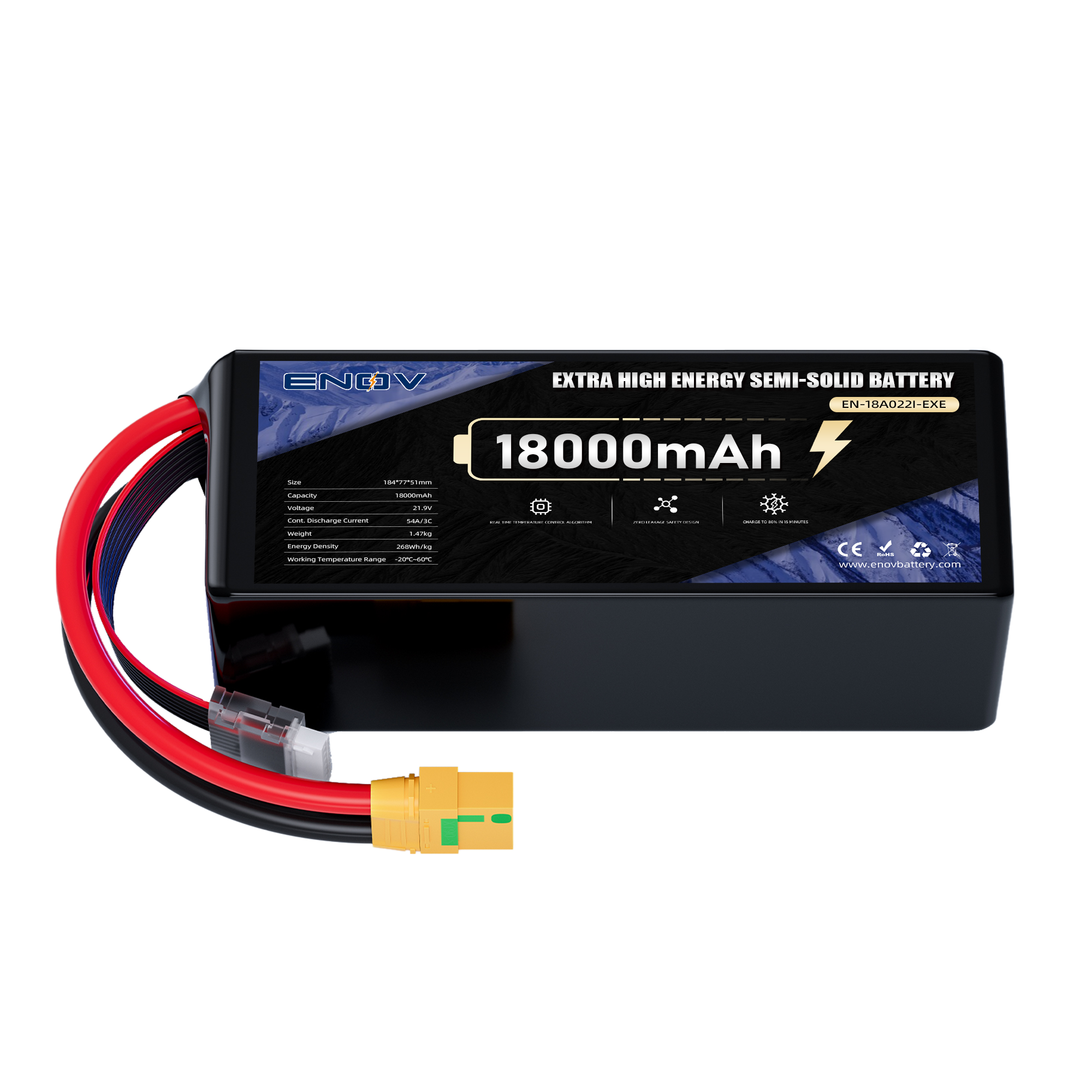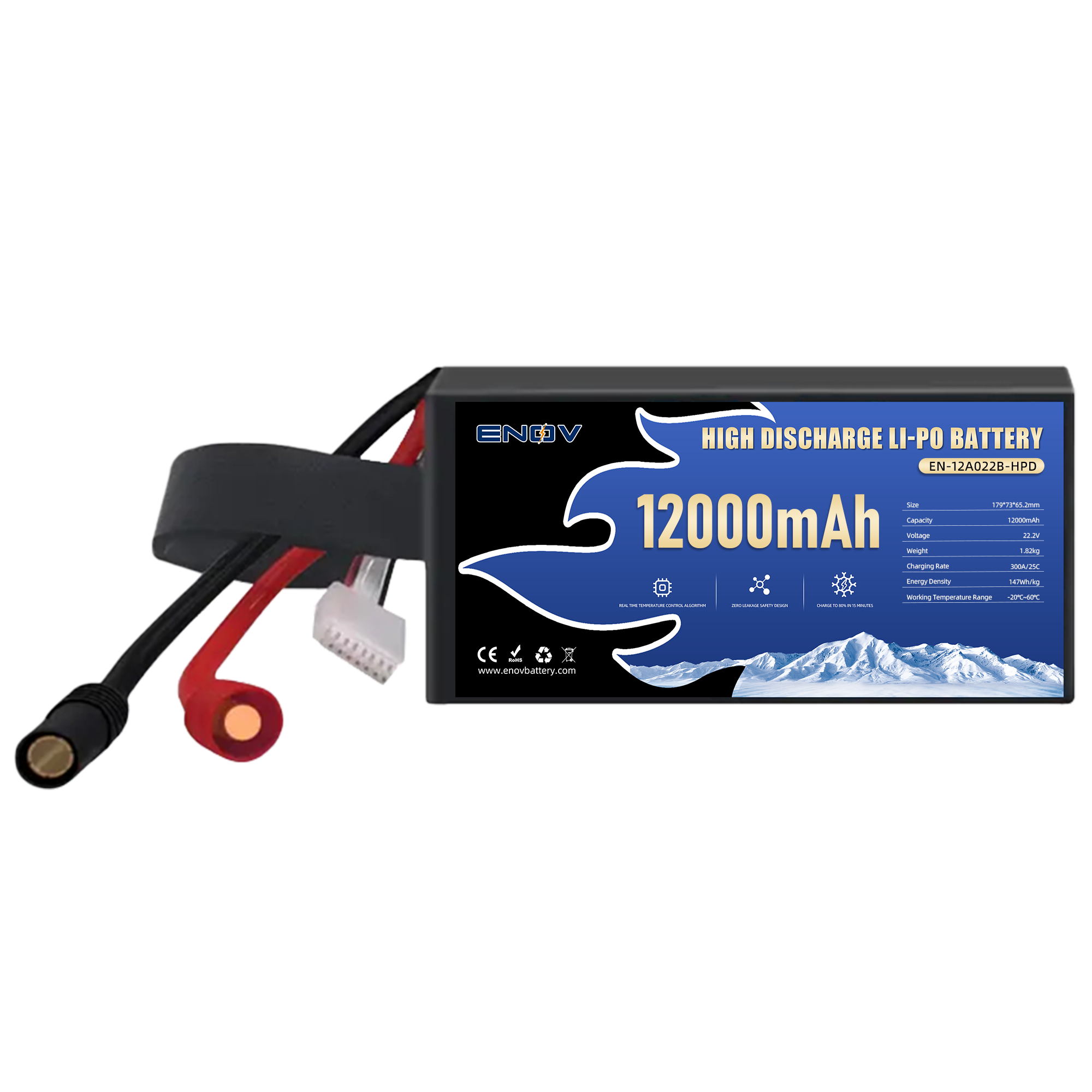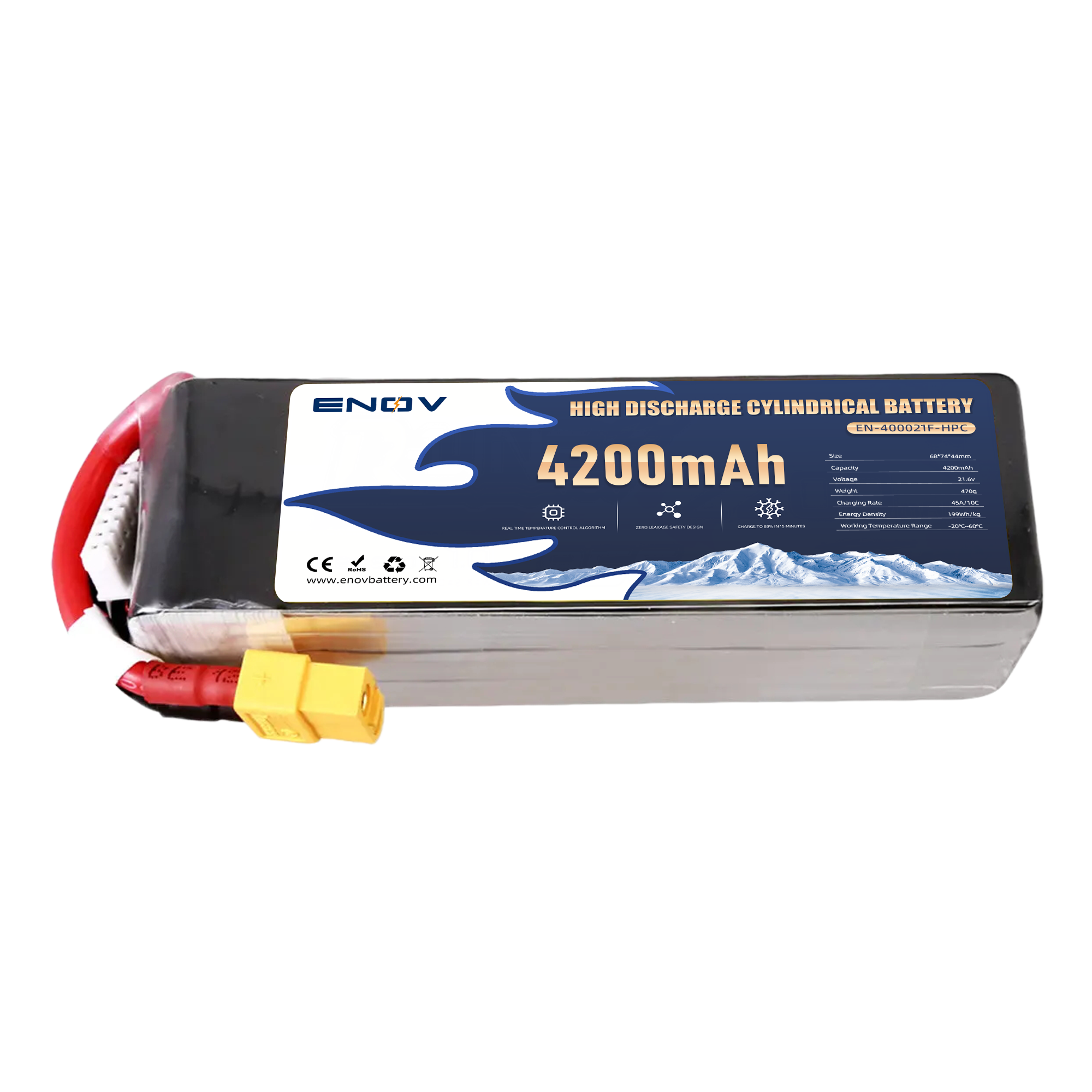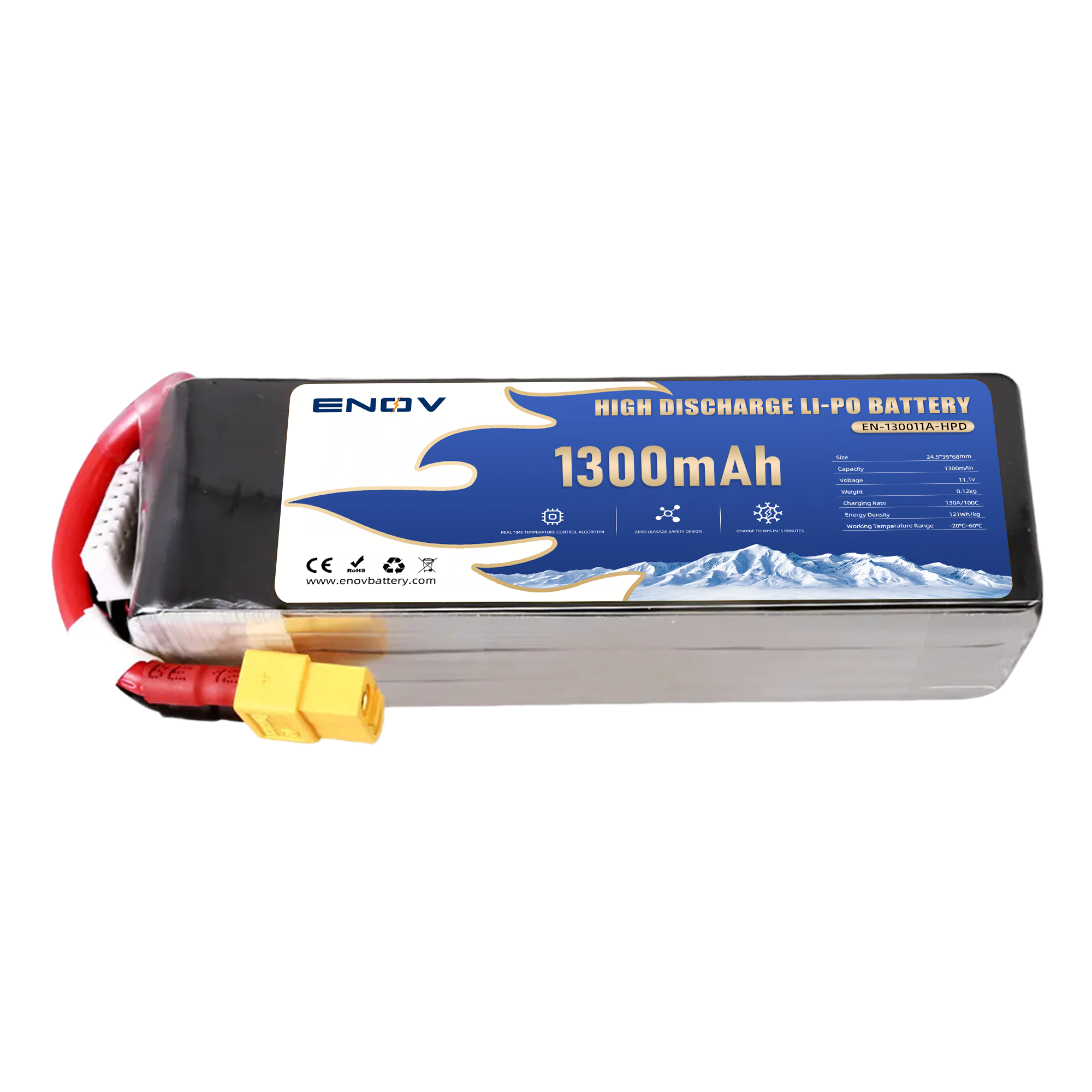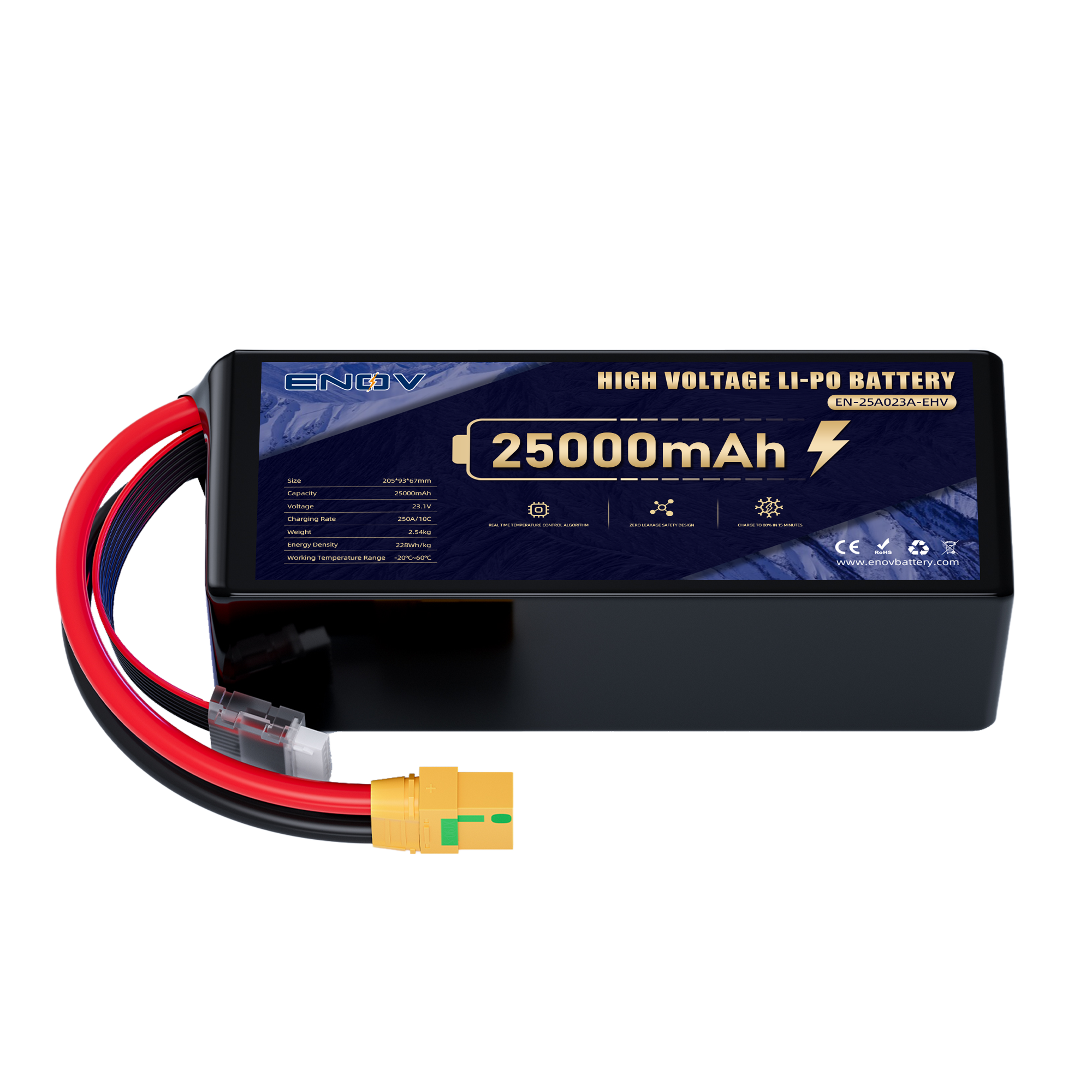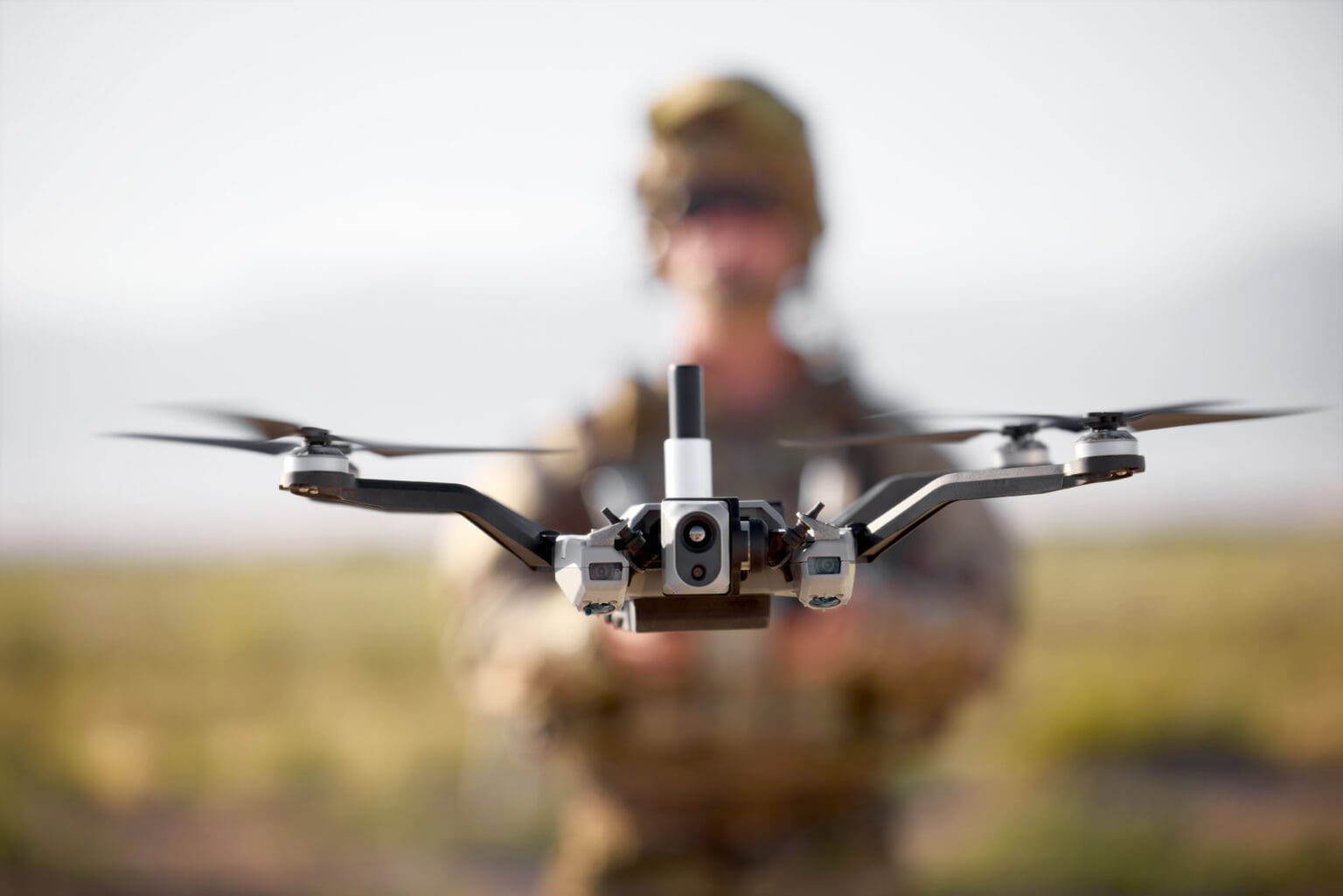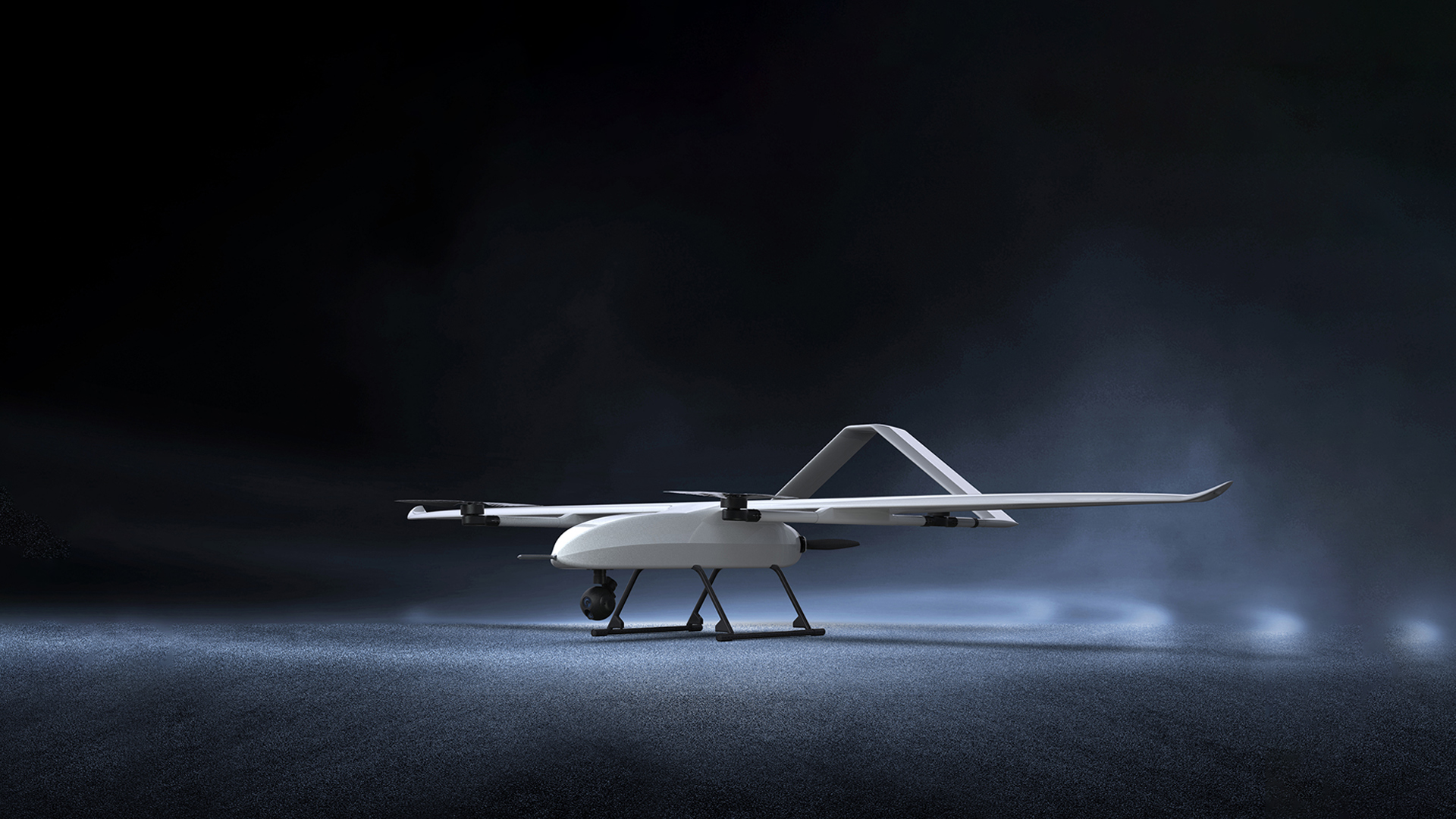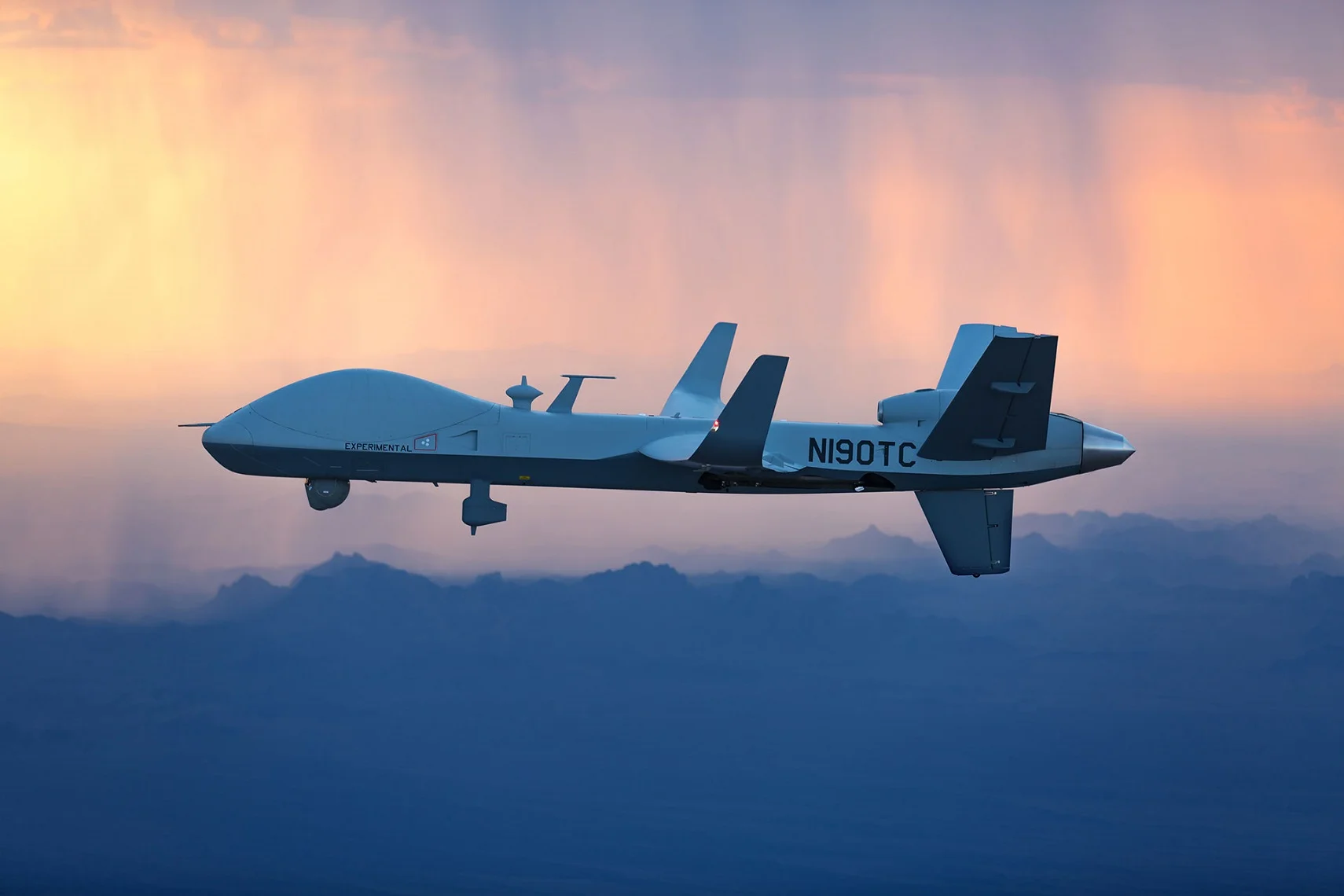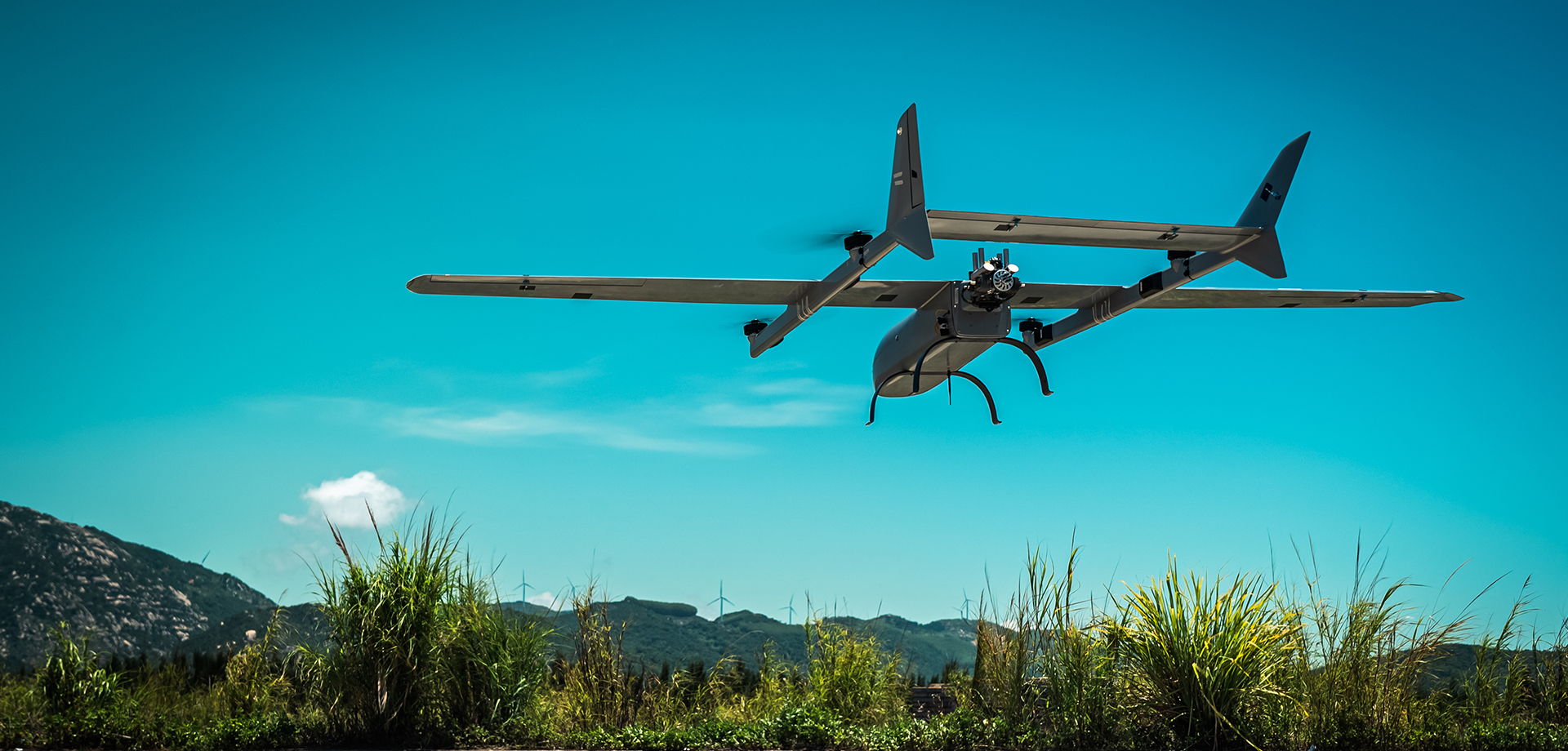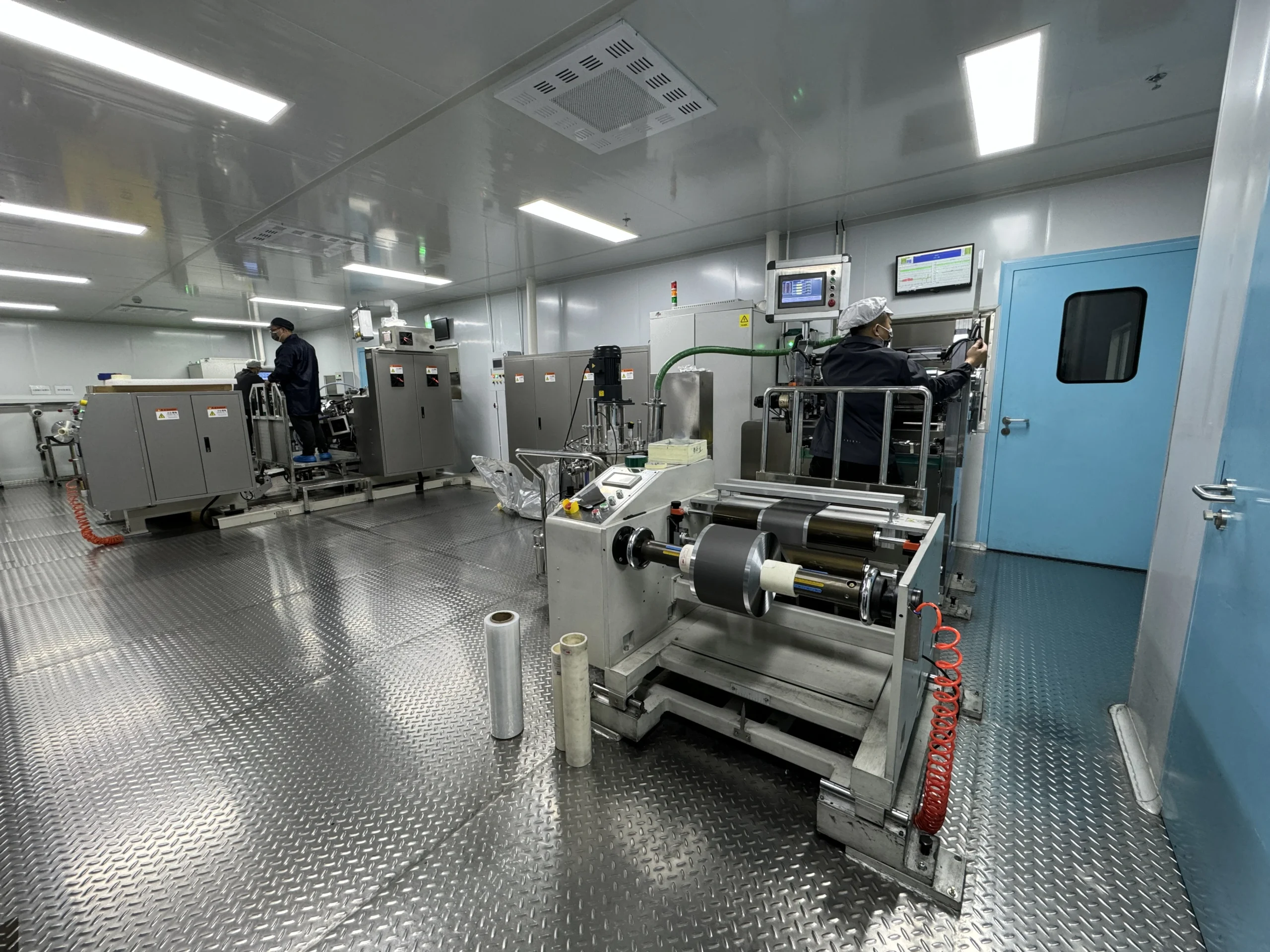Drone Battery Encapsulation Materials:
Multi-Layer Defense Mechanisms for Enhanced Protection
Drone Battery Encapsulation Materials: Multi-Layer Defense Mechanisms for Enhanced Protection
Drone battery encapsulation materials form the backbone of modern UAV performance, combining cutting-edge chemistry and structural engineering to shield batteries from environmental hazards.
As drones operate in increasingly demanding conditions—from sub-zero Arctic missions to high-heat desert surveillance—multi-layered encapsulation systems have become indispensable for safeguarding energy efficiency and longevity. This article delves into the latest material innovations, their synergistic design principles, and how they collectively address challenges like moisture ingress, mechanical stress, and thermal extremes.
thrust
1. Layered Architecture: Balancing Flexibility and Robustness
A typical multi-layer encapsulation system integrates complementary materials to address distinct threats. The outermost nylon or polyamide layer provides abrasion resistance, while a middle aluminum foil barrier blocks moisture and oxygen diffusion. Internally, heat-sealable polymers like cast polypropylene (CPP) ensure electrolyte compatibility and structural cohesion. Recent advancements, however, have introduced hybrid composites such as graphene-infused polymers, which reduce weight by 15% while enhancing puncture resistance
Silicon-coated aluminum laminates further optimize this balance, offering 30% higher thermal conductivity than traditional foils. These materials dissipate heat more effectively during rapid charging cycles, preventing localized overheating that could degrade battery cells
2. Breakthrough Materials: Graphene and Liquid Metal Innovations
Beyond conventional layers, novel materials like graphene-coated cathodes and liquid metal alloys are redefining encapsulation standards. Graphene’s atomic-scale encapsulation of cathode particles minimizes ion leakage, boosting energy density by 40% while extending cycle life . Similarly, gallium-indium liquid metals create hermetic seals that remain flexible under 20% strain, adapting to battery expansion during charge cycles without compromising integrity
Phase-change materials (PCMs) embedded within encapsulation layers add another dimension of protection. For instance, paraffin-based PCMs absorb excess heat during high-current discharges, maintaining optimal operating temperatures and reducing thermal runaway risks by 50%
3. Structural Synergy: Modular and Self-Healing Designs
Modern encapsulation systems prioritize modularity for field adaptability. Quick-release aluminum alloy casings enable rapid battery swaps in logistics drones, while self-healing polymers automatically repair minor cracks caused by vibration or debris impact. These polymers, often infused with dynamic disulfide bonds, restore 95% of their original tensile strength within minutes of damage
3D-printed lattice structures further enhance this approach. By integrating microchannel cooling layers, these designs reduce enclosure weight by 30% while improving crush resistance—a critical feature for agricultural drones navigating uneven terrains
4. Sustainability-Driven Material Advancements
The shift toward eco-conscious encapsulation has spurred innovations like bio-based polyamide films and recyclable aluminum composites. Plant-derived polymers degrade harmlessly post-use without sacrificing sealing efficacy, aligning with global circular economy goals. Concurrently, ultra-thin gas-tight encapsulation for solid-state batteries demonstrates compatibility with 500+ charge cycles, paving the way for next-gen energy storage
Conclusion
From graphene-enhanced barriers to self-healing polymers, drone battery encapsulation materials are evolving into sophisticated multi-layered ecosystems. These innovations not only extend battery lifespans but also empower drones to tackle extreme environments with unprecedented reliability. As UAV applications expand into sectors like disaster response and deep-space exploration, advanced encapsulation will remain pivotal in bridging performance demands with sustainability imperatives.
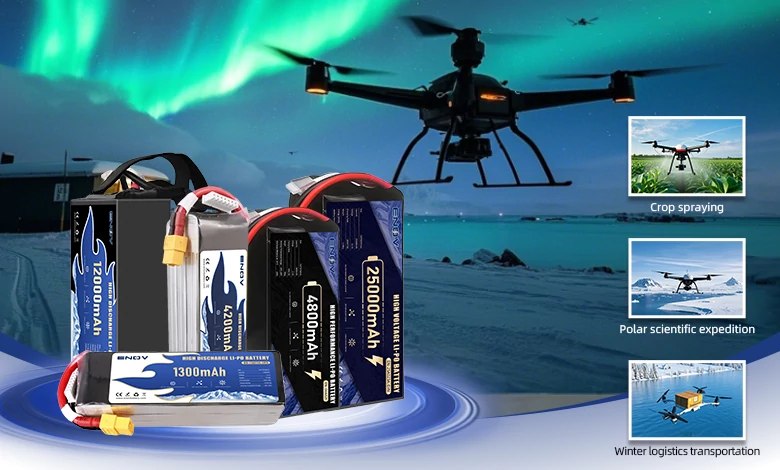
UAV DRONE battery
Enov UAV battery has the most advanced UAV battery new technology, it has a lightweight structural design, ultra-high energy density, stable continuous discharge, customized ultra-high instantaneous discharge, wide temperature working range, stable charge and discharge, battery materials can choose high nickel terpolymer positive/silicon carbon negative material system combined with semi-solid battery technology. Or choose a more mature application of more UAV lithium battery technology, available UAV battery nominal voltage 3.7V, capacity 18.0Ah ~ 30.0Ah, support 10C continuous discharge and 120C pulse discharge (3 seconds). With ultra-high energy density (220-300Wh/kg) as its core advantage, Enov UAV batteries can meet the needs of long-term endurance scenarios such as plant protection drones and transport drones, while maintaining stable emission performance in extremely low temperature environments (-40℃).
Other products
START-STOP LITHIUM BATTERY
LITHIUM ENERGY STORAGE BATTERY
QUICK INQUIRY
FAQ
Access to high frequency technical questions with one click, get accurate answers on product application, after-sales policy and customization process.
Service and Support
Get the latest product specifications, explore professional OEM/ODM customization services, click to open exclusive technical support and production solutions.
Become a Partner
We sincerely invite resources to interconnect, work together for win-win development, and immediately open a new chapter of strategic cooperation!
